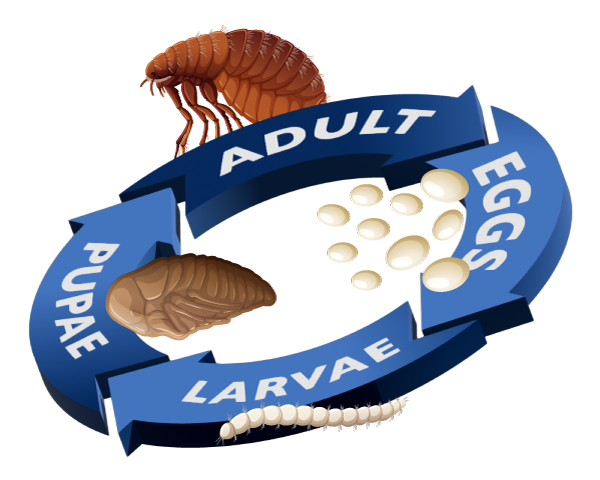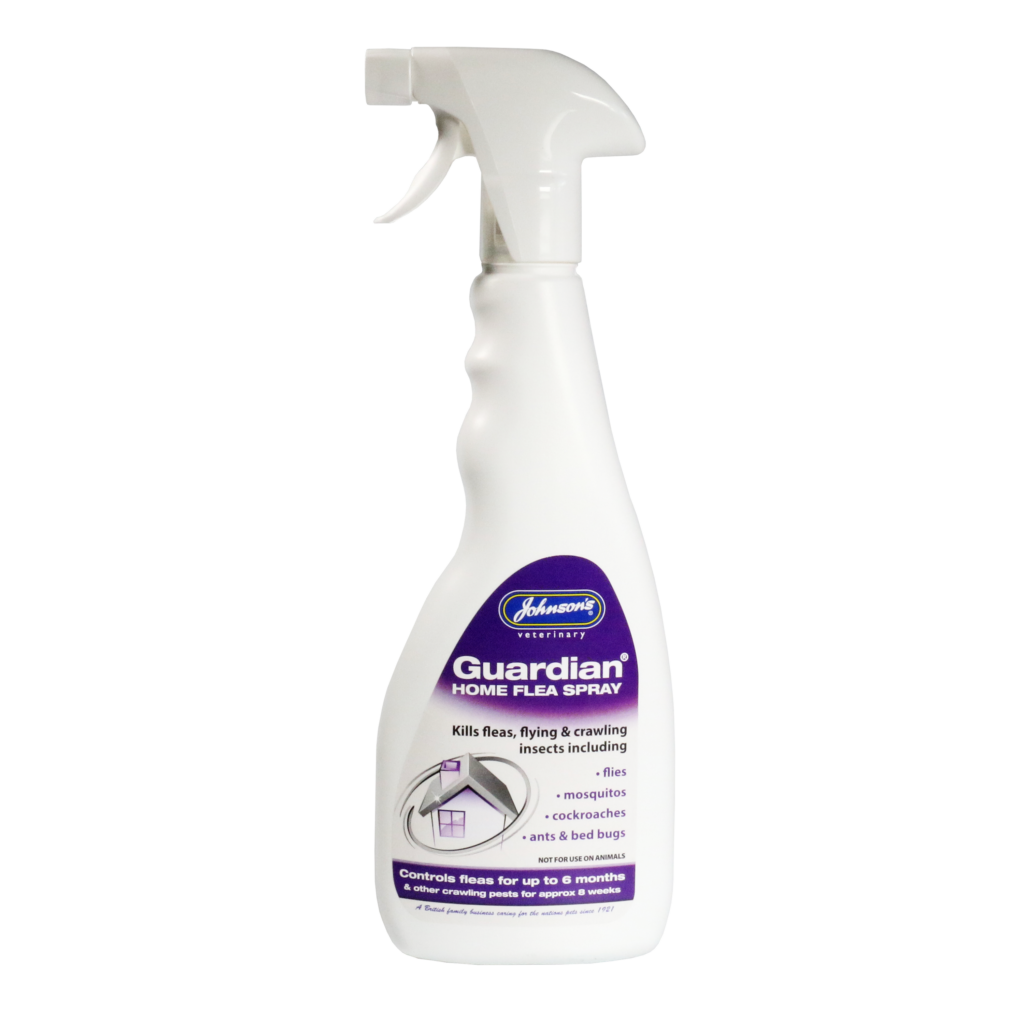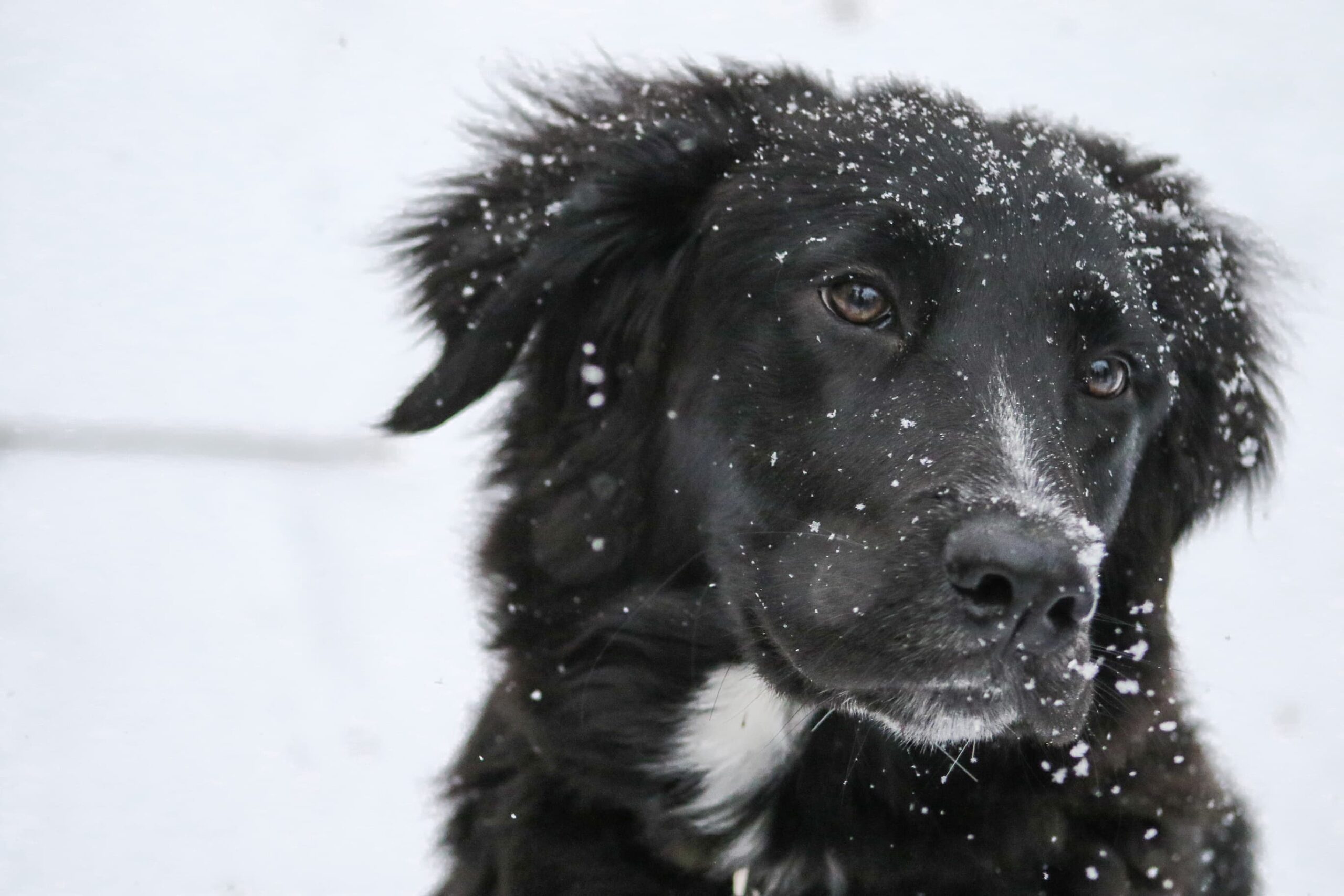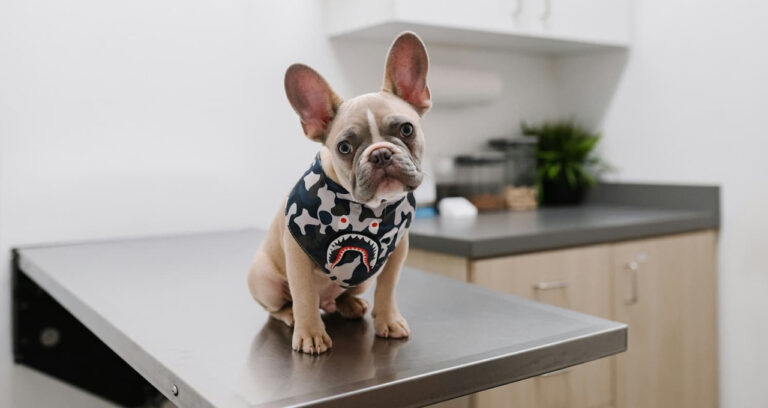Contrary to popular belief, fleas are not an issue purely confined to the balmy summer months, and we are just as likely to suffer infestations in our homes as the cold weather starts to bite…
Understanding the life cycle of a flea, and the situations in which they thrive, is crucial for preventing these pests from causing any real, prolonged issues. Equally, knowing how to effectively treat any suspected infestation is the only guaranteed way to rid your lives of these critters for good.
Here we take a look at spot, stop, and treat the spread of fleas this winter;
When are fleas most active?
Fleas thrive in warm and humid environments, exhibiting peak activity during the spring through to early autumn. During this time, adult fleas rapidly reproduce and lay eggs on pets, which can then fall off and spread throughout your home, usually coming to rest in warm and dark areas like carpets, curtains, floorboards, bedding, and sofas, patiently awaiting the prime time to hatch.
But fleas have clever survival strategies that allow them to withstand colder temperatures, and certainly won’t die if it’s over 8 degrees Celsius. Even in the depths of a UK winter, it will take several days without respite for low temperatures to kill an adult flea. Generally, they just ‘slow down’, and reduce their movement and activity until they can find a suitable host – namely your pets, or you.
They will strategically conserve their energy to hop onto a host, enjoy a good meal, mate, and then lay up to 40 to 50 eggs per day. These eggs subsequently drop from their host and find refuge in a cosy, secure spot in your home until they transform into larvae.
Fleas have a wonderful knack for seeking out warm areas in enclosed spaces where they can expand their population. So even when there has been a sudden drop in temperature outside, infestations are still likely inside, as central heating creates ideal conditions for adult fleas to flourish.
How do fleas spread?
Fleas are ectoparasites – living on the outside of their animal or human host. Pets are usually the perfect host because they are close to the ground, naturally warm, and covered in wonderful comfortable fur. Fleas are adept at finding any opportunity to locate pets to latch on to, relying on vibrations, heat, and the carbon dioxide they emit to track them down and feast on their blood.
When an unsuspecting pet approaches, the fleas will leap onto them, promptly initiating their lifecycle. This process occurs rapidly, particularly under optimal environmental conditions (around 23 degrees Celsius, or the temperature typically maintained indoors during colder months).
It’s important to remember that fleas can be active both indoors and outdoors (though often they’ll start outside, before heading indoors for reproduction purposes). As such, keeping a close watch on your pets and their behaviour is critical.
Even if they are mostly ‘indoor’ pets, they may still bring in fleas from any occasional outdoor adventure – but then, so can you – fleas will love a fluffy sock, or fleecy jumper.
The lifecycle of a flea
Knowing how to effectively eradicate fleas at every stage of their life cycle is crucial to prevent re-infestation, particularly when you consider that they can become more resilient once they have transitioned into pupae (for example, pupae can remain dormant for up to 140 days until conditions are ideal for hatching – meaning an infestation can spring back to life just when you start to feel like you are safe!)
Flea pupae is the last phase of the lifecycle. Prior to that adult fleas will jump onto hosts (usually cats or dogs) to feed and lay eggs, which will fall off wherever your pet goes, potentially spreading throughout the entire house. The flea eggs then hatch into larvae when nestled in safe, warm spots before becoming pupae, and so the cycle begins again.

How to spot fleas
Common signs that you have a flea infestation in your house include:
If you’ve developed any small, red itchy spots in grouped clusters of around 2 or 3, and/or areas of ‘dirt’ that resembles coarse ground black pepper have appeared on carpets, rugs, or soft furnishings, then it’s likely you have fleas in your home.
There are a variety of simple tests you can use to check where they might be hiding:
- Floors, Rugs, and Carpets: Put on long white socks that cover your ankles and calves and shuffle around on the floor to agitate fleas. Alternatively, manually check the carpet lining for fleas, eggs, larvae, pupae, or flea dirt. Collect a floor dust sample on hard surface floors to examine for flea signs.
- Fabric Curtains: Fleas normally avoid material surfaces but may hide in curtain folds during development or while waiting for a host. To check for hidden fleas, carefully inspect the back of the material against the wall and any areas touching the floor, including the seams.
- Upholstered Furniture: Inspect your sofa for signs of fleas on individual seats, cushion covers, armrests, and the main frame. Lift the cushions and check between them for fleas, eggs, larvae, and pupae. Then, wipe the upholstered furniture with a damp cloth, thoroughly cleaning all areas, including nooks and crannies, and watch for signs of fleas on the cloth.
- Beds & Bedding: Carefully examine the edges, folds, seams, tags, and frame of your mattress, as well as the corners and underside of the headboard. For a thorough inspection, use a bank card and a white paper. Gently scrape the card over the mattress or bedding to collect debris on the paper. Inspect the paper to identify any fleas, eggs, larvae, or pupae.
Preventing a flea infestation
Use flea prevention treatments like flea collars (for dogs or cats) or Johnson’s 4fleas tablets to keep your pets protected from fleas at all stages of life.
Regularly grooming with a flea comb and a licenced topical spot-on treatment can be a hugely beneficial prevention and remedy, whilst vacuuming your home and washing pet bedding frequently can help remove eggs and larvae.
Johnson’s 4fleas Household Spray ‘Extra Guard’ will provide extra protection by preventing hatching eggs from turning into adult fleas, whilst the Vet I.G.R. House Flea Spray can protect carpets, soft furnishings and pet bedding for up to 6 months.
It’s also worth considering limiting your pets’ exposure to areas where fleas are common during peak flea season, however, as discussed, winter still poses a very real threat for infestation, so this alone will not provide comprehensive protection and other measures should be taken.
Treating a flea infestation
As they say, prevention is always better than cure, but because fleas tend to be incredibly savvy, and are highly developed to survive in the most unlikely circumstances, it is best to know what to do should you suffer an infestation in your home.
Before you start, try not to panic too much. It may take several treatments and a period of time until you can be confident that the problem has been eradicated, but rest assured that this is an eminently treatable issue. It is possible to completely remove fleas from a home without hiring expensive pest control experts if proper care, attention, and treatment are given to the infestation.
In the first instance, treat your pet with a 4fleas tablet that starts killing fleas in just 15 minutes. Next, consider using treatment sprays like Johnson’s House Flea Spray or Guardian® Home Flea Spray. These powerful sprays can treat carpets, floor cracks, and soft-upholstered furniture, including under beds and sofas, to ensure comprehensive protection and the elimination of fleas, eggs, and larvae, breaking the flea life cycle, and halting further spread.
Guardian® Home Flea Spray, specifically can control fleas for up to six months and other crawling pests for approximately eight weeks, whilst being water-based and environmentally friendly.

Washing fabrics at 60 degrees can kill fleas, while steam treatments and vacuuming regularly will dislodge larvae (just remember to seal and dispose of your Hoover contents safely otherwise they may just migrate back).
Also, you should know that flea larvae can’t survive in direct sunlight, so open windows and curtains can help support natural elimination.
When it comes to supporting your pets, Johnson’s has developed a range of affordable flea tablets, spot-on treatments, shampoos, aerosols, pumps, sprays and powders to help you deal with fleas (including the highly acclaimed Veterinary Strength 4fleas range).
Each product provides gentle, effective soothing relief for your animal, reducing any discomfort, and removing any signs of fleas, eggs or larvae, thus safeguarding them from any further complications such as anaemia, worm eggs transmission, upset tummies, or weight loss.
Combatting a flea infestation can feel overwhelming at first, but there are plenty of tools and resources available to help make the process manageable.
If you take swift and decisive action, you can stop fleas in their tracks. A combined approach is often the most effective – taking care of both your pet and your house at the same time should fully remove the fleas and stop any further infestations.





